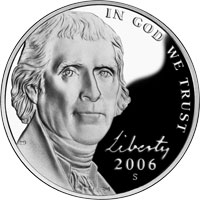In Germany during medieval times, a red mineral was found that looked like copper ore (rock). When miners couldn't extract any copper from it, they blamed a mischievous sprite of German mythology, Nickel. They decided to call this ore Kupfernickel, with the German word for copper being Kupfer.
Nickel has a melting point of 2,651 °F (1,455 °C) and a boiling point of 5,275.4 °F (2,913 °C).
Most uses of nickel are as an alloy metal, namely in nickel steels, brasses, bronzes and nickel cast irons. The metal is often alloyed with copper, chromium, aluminium, lead, cobalt, silver, and gold.
Nickel was commonly used in the making of coins, however, due to the metal being a skin allergen for some people, and the fact that today cheaper metals are available the element is no longer widely used in coinage.
People can have allergic reactions to nickel through skin contact. Traditionally, nickel has been used to make jewelry such as earrings. Nickel allergies affecting pierced ears often result in itchy, red skin, therefore many earrings are now made nickel-free.
Nickel is also used in many other products such as magnets, rechargeable batteries, electric guitar strings, microphone capsules, and as a green tint in glass.
| | | 
| | More Metal Facts: | | | | | | | | Nickel Facts | | | | | |
|